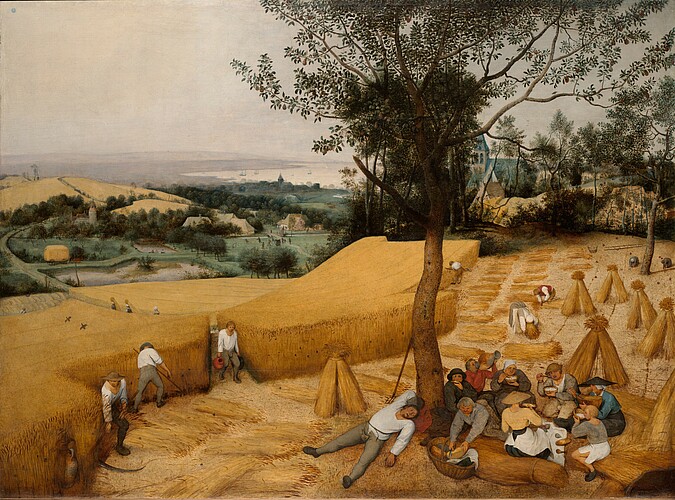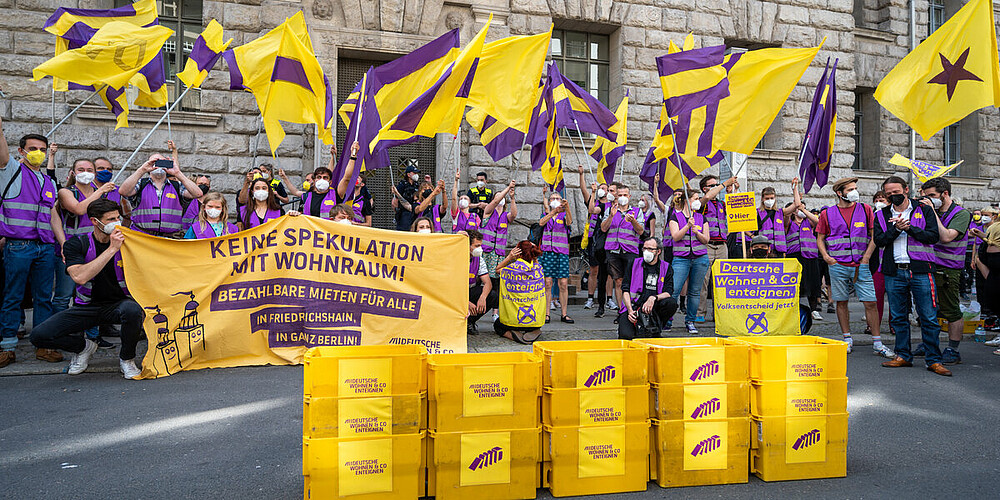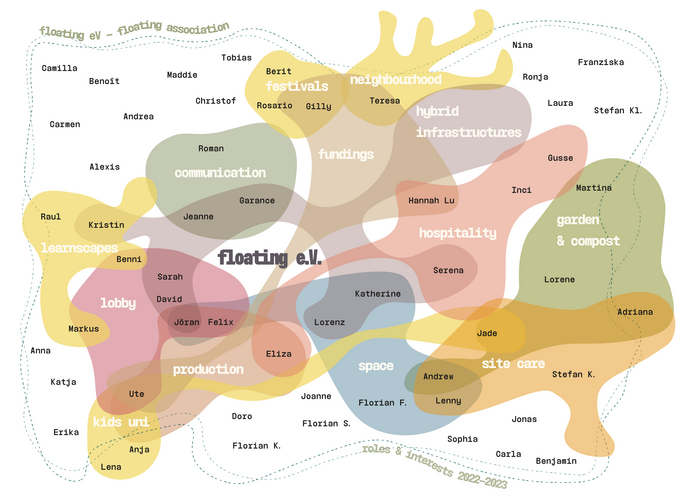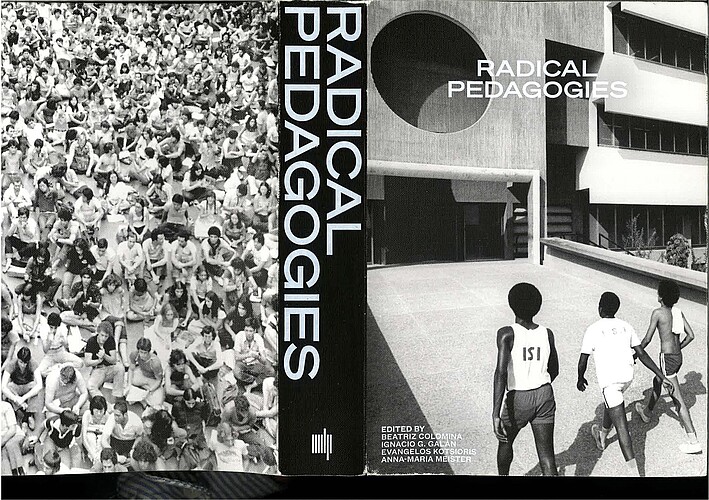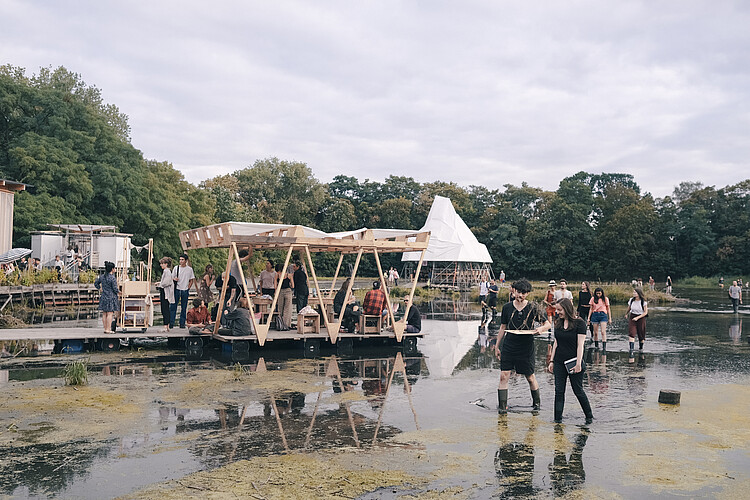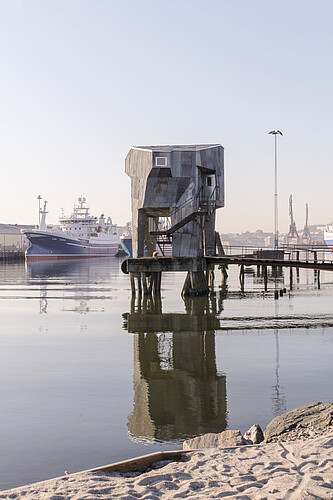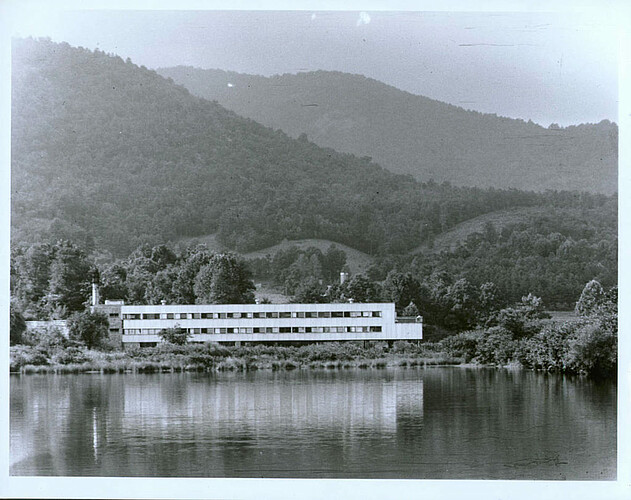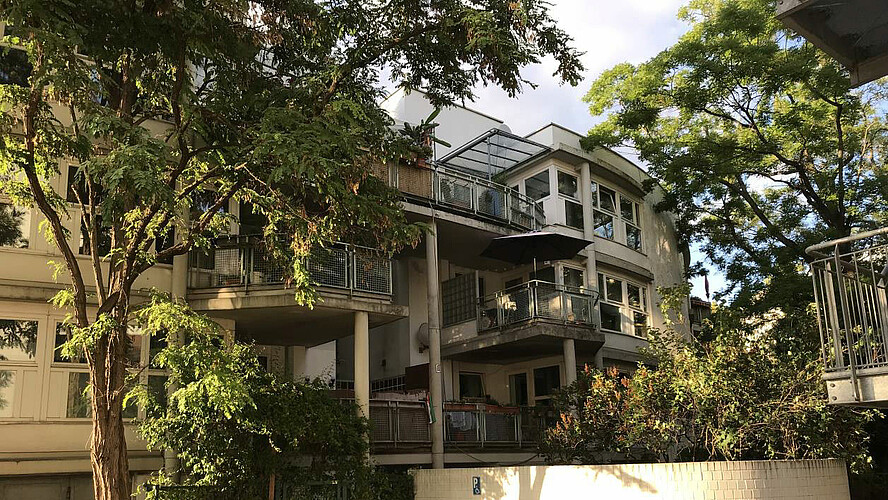studio raumproduktion 25/26: designing transformation - how about: fake estates !?
In the project series “designing transformation”, we develop future scenarios for leftover plots owned by the State of Berlin. The revitalization of underused spaces, continuation and transformation of the existing urban fabric, and the climate-neutral city are key themes of the Internationale Bauausstellung 2034/37, which is currently in its conceptual phase. This design project is carried out in cooperation with the Senate Department for Urban Development, Building, and Housing.
Berlin still owns 47% of the territory of the federal state. This property is categorized according to its type of use. Notably, 7% of the state’s land assets consist of leftover and infill plots—spaces that resist clear functional classification. But does that make them useless spaces?
The demand for space in Berlin is enormous, and competition for land is intense. Could these leftover and infill plots contribute more than expected—to climate action, housing, diversity, public services, and culture?
Thanks to highly creative and persistent thinking and negotiation, a new additional category has now been introduced: urban option spaces. These are plots owned by the state that have not been fully abandoned—places where something might still be possible, beyond conventional uses and far outside typical mechanisms of exploitation.
With this design project, we focus on these urban option spaces. We develop new ideas for neglected plots, explore their terrain, and engage with the contradictions that have so far prevented change. We confront these abandoned sites with the desire for life, with entirely new narratives.
During the winter semester (explore, observe, describe, map, imagine, narrate, intervene, perform), we investigate the sites, work on mappings, and analyze their conditions. We produce a comprehensive representation of each location. Mapping a site marks the beginning of its transformation. Imagination follows mapping: first through narratives for the sites, then through action—we bring these narratives back to their locations. Using self-made props, narrative outfits, and intervention vehicles, we test these stories on site.
00 Emergence
We visit all the sites together and discover the city in between by bike. Along the way, we practice mutual, appreciative support. Everyone contributes to ensuring that we feel good—both physically and emotionally. At the same time, all project participants get to know each other and begin weaving the first threads for future collaborations.
01 Explore
We approach the sites at the beginning of the project through an artistic and subjective lens. Whether through on-site drawing or a 24-hour presence experiment, this phase calls for inventiveness. How can we learn to read places differently—beyond the simple formula of “one problem, one solution”? The sites may be small, but they hold countless stories and discoveries. In this phase, we set out with openness, and each participant develops a personal relationship with their site.
02 Analyse
In what context are these sites located? Can we identify their potentials, deficits, and opportunities through publicly available data from Berlin? In this phase, representations of the sites within their surroundings take shape. The focus is on research: what facts can we gather and map for each location?
03 Mapping
Inspired by the work of artist Larissa Fassler, we create a hybrid representation of the sites that brings together factual knowledge and subjective, exploratory insights. The drawings from the previous phase become denser, more atmospheric, and more expressive. This phase can be understood as a creative description of the place. Mapping is never objective—it reflects the experiences, knowledge, and positionality of those who map.
This artistic-critical description forms the foundation for transformation.
04 Narration
Through the work of the previous weeks, the site has been described. Now, with narration, it is speculatively rewritten. A story overlays the existing site, shifting perception and opening up spaces of possibility. Which aspects will you emphasize? How can initial ideas for the future and for transformation emerge? In a writing workshop, we learn how to “write the sites forward.”
05 Playtest
We work in a back-and-forth rhythm between studio and site. The narrative is further developed and enriched with performative actions, constructed props, and scenographic elements. The imagined takes shape on site through artistic play. The ideas enter urban realities, intervene, and become tangible, perceptible, and negotiable. This phase is inspired by the action-oriented practice of Superstudio. Through action, your ideas gain new dimensions!
Inputs and Workshops
The design project is accompanied by the Special Projects / IBA Department of the Senate for Urban Development, Building, and Housing. There will be inputs and workshops with exciting guests on the genesis of urban option spaces, on dramaturgy and narrative development (with dramaturg Aljoscha Begrich), and on embracing contradictions (with artists Yves Mettler and Ayumi Rahn). Juan Chacon, as guest lecturer, will once again bring his energetic “design something” impulse.
Additional inputs and workshops on intervention are planned. Another exchange format will be the Discursive Dinners, held on Wednesdays in collaboration with the design studio Do What You Want. The first dinner will take place on October 29 with guests from the seminar RESIDUEN of Technische Hochschule Lübeck and the study trip Activism and Architecture of Leeds Beckett University.
Our design project is structured over two semesters. In the summer semester, we will continue the work, deepening the level of imagination toward future scenarios and a second series of performative interventions. Each semester can be credited as an independent project or both together as an advanced master’s project.
A new international building exhibition in Berlin? The term IBA immediately evokes great expectations. In Berlin, IBAs have historically marked major turning points in urban development.
The Interbau 1957 remains a key milestone in shaping the modern postwar city. In the Hansaviertel, several now-renowned architects were invited to design buildings promoting “living in the green”—signaling a break from the dense, block-based, speculative rental housing city of the past. Postwar urbanism aimed to be open, clear, green, and healthy.
The Internationale Bauausstellung 1984/87 then marked a decisive shift. The modernist city had fallen into crisis. Both greenfield development (such as in Märkisches Viertel) and large-scale demolitions (like those around Kottbusser Tor), with standardized floor plans, forced relocations, and anonymity, came under heavy criticism. Alexander Mitscherlich famously described the “inhospitableness of cities.” In the shadows of these grand projects, alternative spatial practices emerged: self-organized, environmentally conscious, and rooted in new models of living together. These practices revitalized run-down old neighborhoods. The IBA 84/87 refocused on the urban pattern of block, square, and street, emphasizing architecture at the scale of the gap site, the wasteland, the individual building. It provided space for tenant initiatives to engage in emancipatory negotiation processes, redesign their living spaces, green their courtyards, and thus shape the city politically and materially.
The agency of architecture is situated at the intersection of crucial future questions: How do we solve the housing crisis? What contribution can architecture and urban development make to reducing CO₂ emissions and adapting to climate change? How can the city become more just, mixed, and diverse?
With our project, we aim to explore radical connections between these big questions and the small, concrete sites scattered across the city.
Dates:
First meeting: Tuesday 14.10.25 - 15.00h - Room 401
Studio day is Tuesday.
Modules: Bachelor, Module 13, Draft IV and V, Master Module 1 and 4
Participants approx. 18
Registration in Moodle
